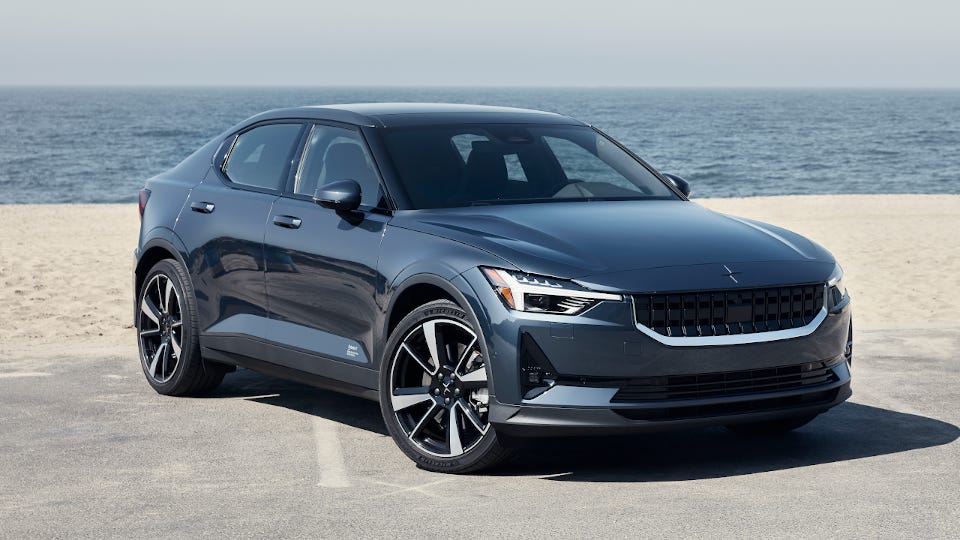EV manufacturer Polestar debuts on the stock market via SPAC

Polestar is the
most recent manufacturer of electric vehicles to go public via a special
purpose acquisition company, or SPAC, as its shares made their hit the stock
market on Friday under the ticker "PSNY."
Just a day
after completing its merger with SPAC Gores Guggenheim, Polestar's stock
started trading on the Nasdaq exchange. Shares of the EV manufacturer closed
the day at $13.00, up 15.8% from the SPAC's Thursday closing price.
The $890 million
obtained from the acquisition, according to Polestar CEO Thomas Ingenlath, will
be used to fund the company's three-year strategy to produce new vehicles and
eventually turn a profit.
“We go public as
an operating and successful business — not to raise capital to build a
business. It’s because the next three years will be super-fast growth, the
company is geared up for that with the product portfolio,” said Ingenlath in an
interview with CNBC.
Ingenlath asserted
that Polestar, which started as a partnership between China's Geely and
Sweden's Volvo Cars in 2017, has advanced. However, Polestar, which started as
a partnership between Volvo Cars of Sweden and Geely of China in 2017, has
advanced past startup status.
Prior to Polestar
becoming profitable, which Ingenlath anticipates happening before 2025, the
company may need to raise further funds, he said. If so, he predicted that the
corporation would issue bonds as opposed to more stock if such were the case.
In recent years,
SPAC agreements have grown in popularity as a means of IPO for businesses.
Compared to a standard initial public offering, the disclosures needed are less
complicated. Companies involved in a SPAC merger are permitted to provide
investors with forward-looking estimates, unlike in a standard IPO, which might
support a high value. However, there is no assurance that those predictions
will come to pass.
Investors haven't
benefited much from the majority of SPAC transactions with electric vehicle
startups so yet. Even the comparatively more successful examples of Lucid
Group, Fisker, and Nikola are now trading at levels that are, respectively, 67
percent, 69 percent, and 92 percent below their post-merger highs. Rivian, a
manufacturer of EV trucks that went public through a conventional IPO, has also
had trouble. Its shares have decreased by 84% since its IPO.
However, Polestar
may have a number of advantages over rivals. In spite of Polestar now having
over 55,000 cars on the road in China, Europe, and the United States, Volvo
Cars still controls 48 percent stake in the company. It already has a facility
operating in China, and an assembly line in a South Carolina factory it shares
with Volvo is scheduled to start producing later this year.
The company
intends to include three additional vehicles to its current model, the
small Polestar 2 crossover made in China over the next three years. The
Polestar 3 big SUV, Polestar 4 medium crossover, and Polestar 5 large sedan,
which is meant to be the brand's flagship vehicle, are the new models.
All the
vehicles will be available in the United States, Europe, and China,
and will be totally electric. Polestar intends to produce its automobiles
in each of the three areas. Ingenlath anticipates that Polestar will reach
annual sales of roughly 290,000 vehicles by the end of 2025 thanks to its
three-year road program.
According to
Ingenlath, the company's goal is on track thus far. Since the beginning of the
year, it has gotten more than 32,000 orders for the Polestar 2 from 25
different nations. In addition, Polestar received an order from the world's
largest car rental firm, Hertz, for 65,000 vehicles within next five years.
According to Ingenlath, the contract is largely designed to give consumers the
chance to test the company's EVs.


Be the first to comment!
You must login to comment